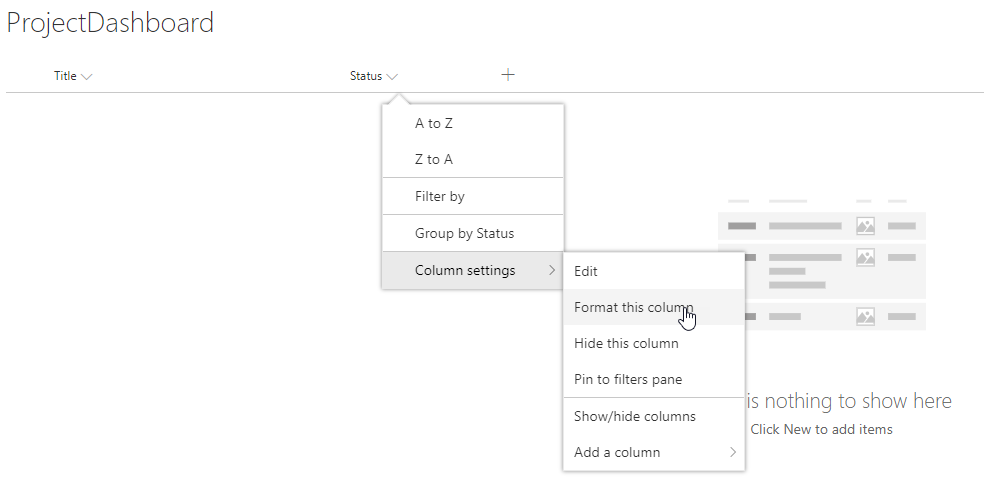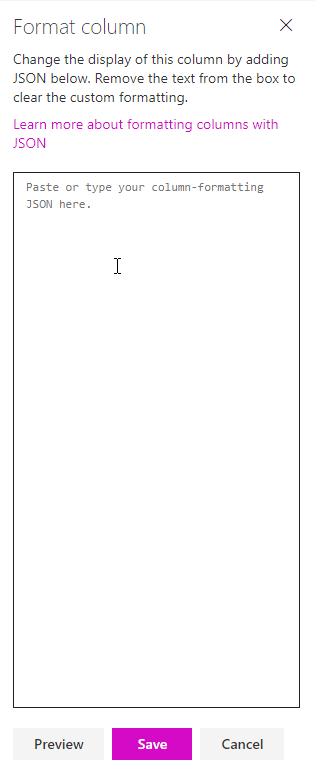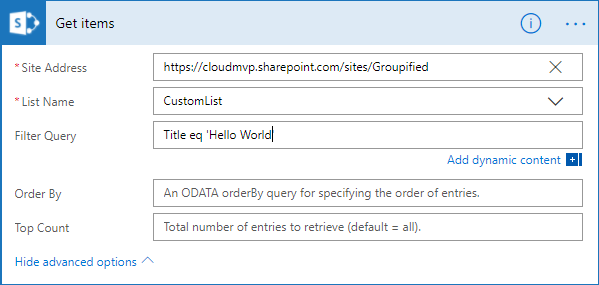When using SharePoint online you would have noticed that you can create sites under /Sites or /Teams managed path. This is fine when you are creating classic sites where you can pick your managed path.
When creating modern sites you do not have option to select the managed path and it is always defaulted to /Sites managed path. This behavior is exactly the same when you create a new Team using MS Teams. When you create the new Team it creates the Office 365 Group as well as a brand new modern SharePoint site. This site is also created under the /Sites managed path.
What if you wanted to create all your teams connected SharePoint sites under /Teams managed path? Well it is possible as long as you want all your SharePoint sites gets created under /Teams managed path.
There is a setting in SharePoint Admin Center which allows you to select default managed path.
Go to your SharePoint Admin Center and click Settings.
Under Settings, scroll down to site creation section and there you would see that you can set the managed path for the new site that gets created.
Now there is another gotcha here. This would only work if you have your Self Service Site Creation setting is set to “Show the Create Site Command to user who have permission to create sites”. The moment you choose “Hide the Create site command” option, section which allows you to set the managed path is not visible.
I really wish Microsoft would allow two things here.
- Allow me to add more managed paths
- Allow me to set the managed path for SP Sites that gets created as part of Teams. Probably a setting on the Teams Admin page.
I understand there is not much flexibility here but I hope this help someone.









